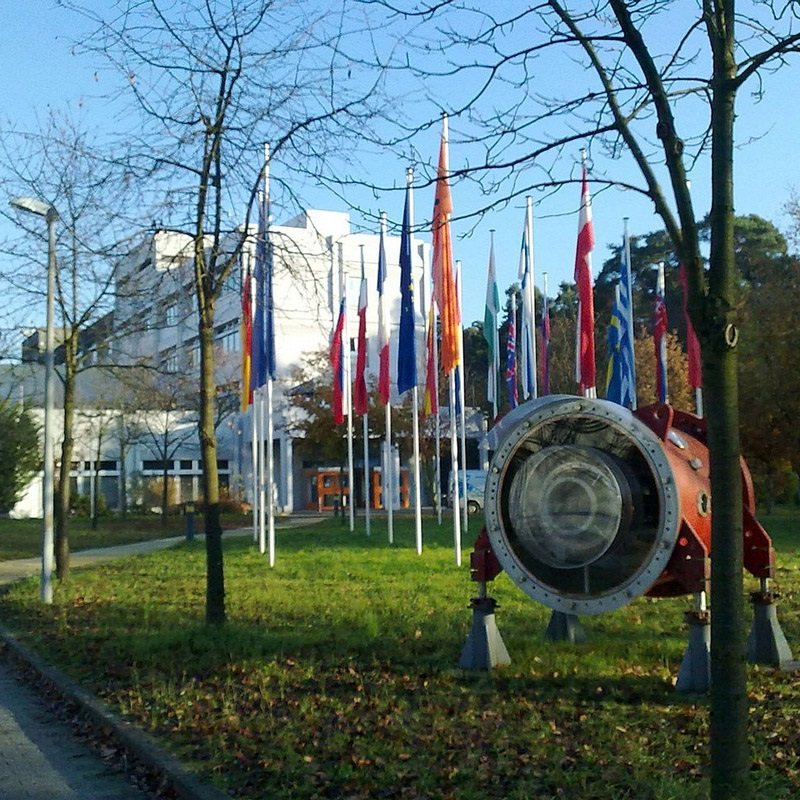Copernicium
112
Cn
Groep
12
Periode
7
Blok
d
Protonen
Elektronen
Neutronen
112
112
173
Algemene Eigenschappen
Atoomnummer
112
Atomair gewicht
[285]
Massa Getal
285
Categorie
Overgangsmetalen
Kleur
n.v.t.
Radioactief
Ja
Genoemd naar de astronoom Nicolaus Copernicus
Kristalstructuur
n.v.t.
Historie
Copernicium werd voor het eerst gecreëerd op 9 februari 1996, aan het Instituut voor Zwaar Ionen Onderzoek (Gesellschaft für Schwerionenforschung) in Darmstadt, Duitsland, door Sigurd Hofmann, Victor Ninov et al.
Dit element werd gecreëerd door versnelde zink-70 kernen af te vuren op een doelwit gemaakt van lood-208 kernen in een zware ionen versneller.
Een enkel atoom copernicium werd geproduceerd met een massagetal van 277.
Dit element werd gecreëerd door versnelde zink-70 kernen af te vuren op een doelwit gemaakt van lood-208 kernen in een zware ionen versneller.
Een enkel atoom copernicium werd geproduceerd met een massagetal van 277.
Eletronen per schil
2, 8, 18, 32, 32, 18, 2
Electronconfiguratie
[Rn] 5f14 6d10 7s2
Copernicium heeft geen stabiele of natuurlijk voorkomende isotopen
Fysieke Eigenschappen
Fase
Vloeibaar
Dichtheid
- g/cm3
Smeltpunt
-
Kookpunt
-
Fusiewarmte
n.v.t. kJ/mol
Verdampingswarmte
n.v.t. kJ/mol
Specifieke Warmtecapaciteit
- J/g·K
Overvloedig aanwezig in de aardkorst
n.v.t.
Overvloedig aanwezig in het universum
n.v.t.

Verdiensten voor afbeeldingen: Wikimedia Commons (Commander-pirx)
Het element werd ontdekt bij het Instituut voor Zware Ionenonderzoek in Darmstadt, Duitsland
CAS-nummer
54084-26-3
PubChem CID nummer
n.v.t.
Atoomeigenschappen
Atoomstraal
-
Covalentiestraal
122 pm
Electronegativiteit
-
Ionisatiepotentiaal
-
Atoomvolume
-
Thermische geleiding
-
Oxidatietoestanden
2, 4
Toepassingen
Copernicium wordt alleen gebruikt voor wetenschappelijk onderzoek.
Copernicium is schadelijk vanwege zijn radioactiviteit
Isotopen
Stabiele isotopen
-Instabiele isotopen
277Cn, 278Cn, 279Cn, 280Cn, 281Cn, 282Cn, 283Cn, 284Cn, 285Cn